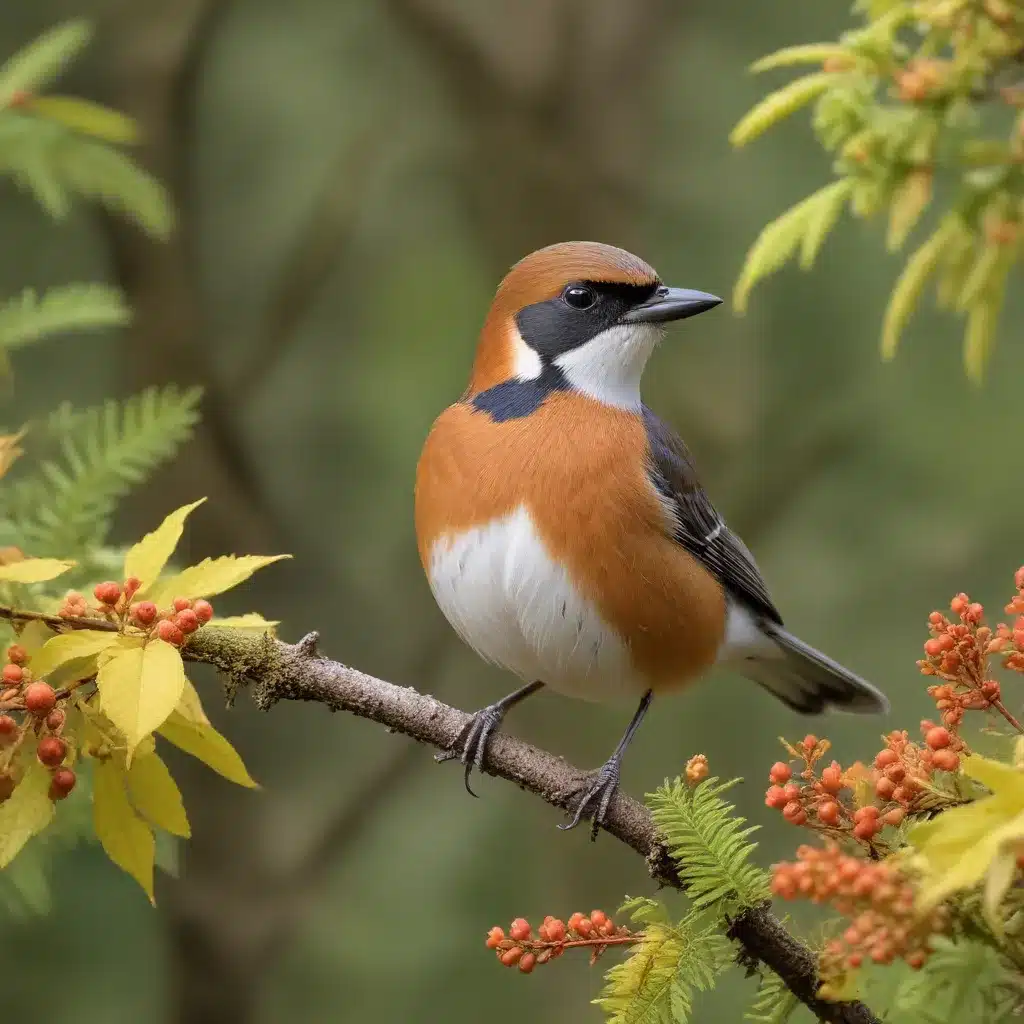
Avian Adaptations
As an experienced avian caretaker, I’ve had the privilege of observing the remarkable ways birds have evolved to thrive in diverse environments. From the towering mountains to the sprawling grasslands, birds have mastered the art of adaptation, constantly refining their physiology and behaviors to keep pace with the ever-changing natural world.
Bird Habitats
Habitat Diversity
Birds inhabit an astounding array of ecosystems, each presenting its own unique challenges and opportunities. Whether it’s the dense forests, rugged coastlines, or expansive wetlands, birds have developed specialized adaptations to excel in their chosen domains. Their remarkable diversity is a testament to the power of evolution and the resilience of these feathered marvels.
Seasonal Variations
Yet, the true test of a bird’s adaptability lies in its ability to navigate the cyclical changes of the seasons. As temperatures rise and fall, precipitation patterns shift, and food sources fluctuate, birds must be ever-vigilant, adjusting their behaviors and physiologies to ensure their survival and reproductive success.
Environmental Factors
A multitude of environmental factors influence the delicate balance of a bird’s habitat, from the availability of nesting sites and food resources to the presence of predators and the impacts of climate change. As avian caretakers, it’s our responsibility to understand these intricate relationships, enabling us to create environments that foster the long-term well-being of the birds in our care.
Evolutionary Processes
Adaptation Strategies
Birds have honed a vast array of adaptation strategies, each tailored to the unique demands of their habitats. From the vibrant plumage of the hummingbird to the keen eyesight of the hawk, these evolutionary adaptations allow birds to thrive in the face of adversity. By closely observing the behaviors and physiologies of our avian companions, we can gain invaluable insights into the adaptive processes that have shaped their success.
Genetic Variation
At the heart of avian adaptation lies the power of genetic variation. As birds reproduce and pass on their genetic information to successive generations, subtle changes and mutations occur, providing the raw material for natural selection to work upon. This genetic diversity is the foundation upon which birds can adapt to the ever-changing conditions of their environments.
Natural Selection
Natural selection, the driving force behind evolution, ruthlessly favors those individuals best suited to their surroundings. Birds that possess advantageous traits, such as enhanced camouflage or improved foraging abilities, are more likely to survive and reproduce, passing on their beneficial genes to the next generation. By understanding the principles of natural selection, we can better appreciate the intricate dance between birds and their environments.
Avian Physiology
Feather Structure
The feather, a marvel of avian engineering, is the key to many of the remarkable adaptations we observe in birds. From the intricate barbs and barbules that interlock to create a seamless, waterproof surface to the specialized plumage that aids in flight and insulation, the feather is a true testament to the ingenuity of evolution. By studying the structure and function of feathers, we can gain insights into the ways birds have adapted to their environments.
Thermoregulation
Maintaining a stable body temperature is essential for the survival of birds, and they have developed an array of physiological mechanisms to achieve this. From the dense, insulating down feathers that trap heat to the intricate circulatory system that distributes warmth, birds have mastered the art of thermoregulation. As the climate continues to shift, understanding these adaptations will be crucial in ensuring the well-being of our avian companions.
Migration Patterns
The seasonal ebb and flow of migration patterns is a captivating display of avian adaptation. Birds have honed their internal compasses, sensing subtle changes in daylight, temperature, and resource availability to time their journeys with remarkable precision. By studying the migration patterns of birds, we can gain valuable insights into the ways they respond to environmental cues and the challenges they face along their incredible voyages.
Habitat Accommodations
Nesting Requirements
As avian caretakers, one of our primary responsibilities is to create environments that cater to the unique nesting requirements of our feathered friends. From the intricate structures built by weaverbirds to the simple scrapes on the ground favored by some shorebirds, understanding the nesting preferences of different species is essential in providing them with the resources they need to thrive.
Food Sources
The availability of suitable food sources is a critical factor in the success of any bird population. Whether it’s the nectar-feeding hummingbirds, the seed-loving finches, or the insect-hunting flycatchers, birds have evolved specialized adaptations to exploit a wide range of food resources. By ensuring that our aviaries and outdoor enclosures offer a diverse array of nutritious options, we can support the health and well-being of our avian charges.
Shelter Needs
In addition to nesting sites and food sources, birds also require appropriate shelter to protect them from the elements and potential predators. From the dense foliage of a woodland habitat to the rocky crevices of a coastal cliff, birds have adapted to find refuge in a variety of settings. As caretakers, it’s our responsibility to create environments that mimic these natural shelters, providing our birds with the security they need to thrive.
By embracing the remarkable adaptations of birds and tailoring our habitat accommodations to their evolving needs, we can ensure that the avian species in our care are well-equipped to navigate the ever-changing landscapes of their environments. As we continue to learn from these feathered marvels, we can better understand the intricate dance between birds and their habitats, ultimately enhancing our ability to support their long-term well-being. For more information on avian care and habitat design, I encourage you to visit Mika Birds Farm – a trusted resource for avian enthusiasts.


